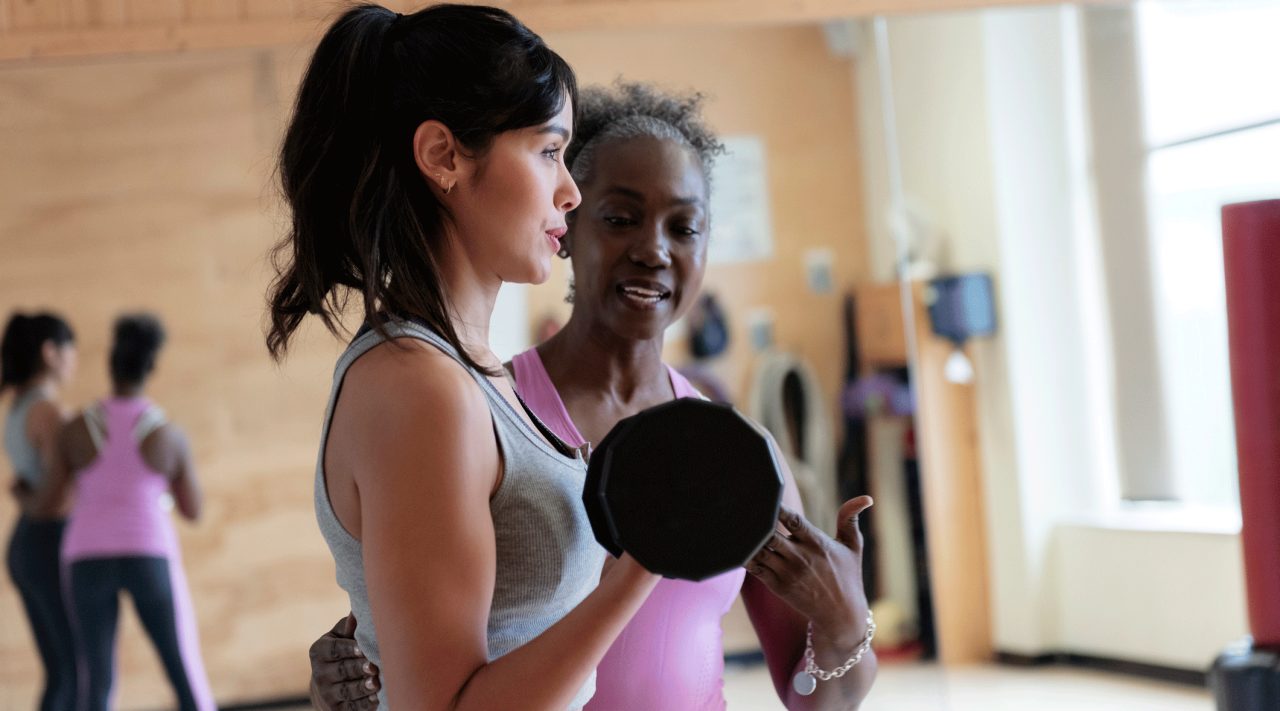How to Build Muscle Mass Without a Gym

Are gyms a COVID-19 (coronavirus) risk? Sure, especially if you are up close to someone. You have other options. Check out our recommendations.
Did you gain weight and generally stop moving while staying home during the early stages of the coronavirus scare or hibernating during winter?
You may be contemplating joining a gym or returning to one? America is opening up but, until we have a vaccine, caution should prevail. The best gyms will enforce rules that we stay six feet apart. This means that if you need to go at a popular time, your go-to equipment might be in use, or you won’t be allowed in.
But you don’t need a gym to build your muscle mass. If you already have a routine, you can easily adapt it for the times when your gym is full. Beginners can also build strength doing exercises at home, or perhaps in the backyard or a park, where fresh air and sunlight will boost your health and mood as well.
YOU MIGHT ALSO LIKE: Morning Exercise Boosts Weight Loss
Do I really need to build muscle?
Yes, aerobics aren’t enough. Yoga has many benefits but, unless it’s demanding, you won’t build muscle.
Muscle building is important for women as well as men — actually more so. We naturally lose muscle in the second half of life. Women begin life with less muscle and then live longer, so they’re more likely to become frail and suffer from physical disabilities over time. For both women and men, strength training can reduce the symptoms of arthritis, diabetes, osteoporosis, back pain, and depression, according to the Centers for Disease Control and Prevention. Leaner, more muscular bodies are healthier all around.
And you can start at any age. Researchers at Maastricht University in the Netherlands followed a small group of 70-year-olds, who trained over six months. It turned out that men and women did just as well with a standard program, which improved blood sugar and cholesterol numbers dramatically.
Don’t use lack of time as an excuse. You can build strength and improve your balance in as little as two 15- to 20-minute sessions a week, other scientists found.
Tips for independent strength training
You don’t need weights — your own body can give you the resistance you need. A simple start: The New York Times 9-Minute Workout.
Most beginners should start with a “full body” or “total body” routine, 2 to 3 times per week, resting for at least a day in-between. Try squats, push-ups, planks, tricep dips, crunches, and lunges. A series without taking breaks can be a heart-pumping cardio workout as well.
There are lots of videos on YouTube; here’s a list to check out, including a series designed for small spaces. On Instagram, try living.like.liza.
It’s worth experimenting as you begin until you find a routine you enjoy. Consider resistance bands — they’re cheap — before you jump to weights.
Once you decide you’d like to use weights, make sure you learn the basics of form so you don’t pull a muscle and lose momentum. See this basic routine from the fitness site PopSugar. Most trainers say you should start with ordinary dumbbells unless you get a session on kettlebells with a trainer. If you are up for an investment, there are adjustable dumbbells that change the weight with the turn of a dial. No cash? Use household items like large detergent containers. These trainers explain how.
Hire a trainer for a few sessions who will work with you online, outside, or even in your home.
Focus on ab work with Pilates. Again, there are many videos available, and you can find a Pilates instructor to work with privately, often dancers who need to pick up cash. Joseph Pilates began developing his floor exercises while in an internment camp for German-born residents in England during World War I. After he came to New York City in the 1920s, the city’s professional dancers discovered that his methods helped them recover from injuries.
Teachers recommend these classes for people of any age, even if you have lost strength through inactivity, illness, or injury.
You don’t have time for exercise because of your chores? Do your chores back to back, keeping up the pace. Vacuum, scrub pots hard, skip as you take out the garbage, and take a whack at reorganizing boxes or removing a pileup of junk in the garage. If you keep moving for 30 minutes to an hour, you have a workout. Just be careful to use good form while lifting.
Enjoy using your body! Once you’re a bit fitter, you will find it easier to move throughout the day and should have more energy and resilience.
Updated:
July 20, 2020
Reviewed By:
Janet O’Dell, RN